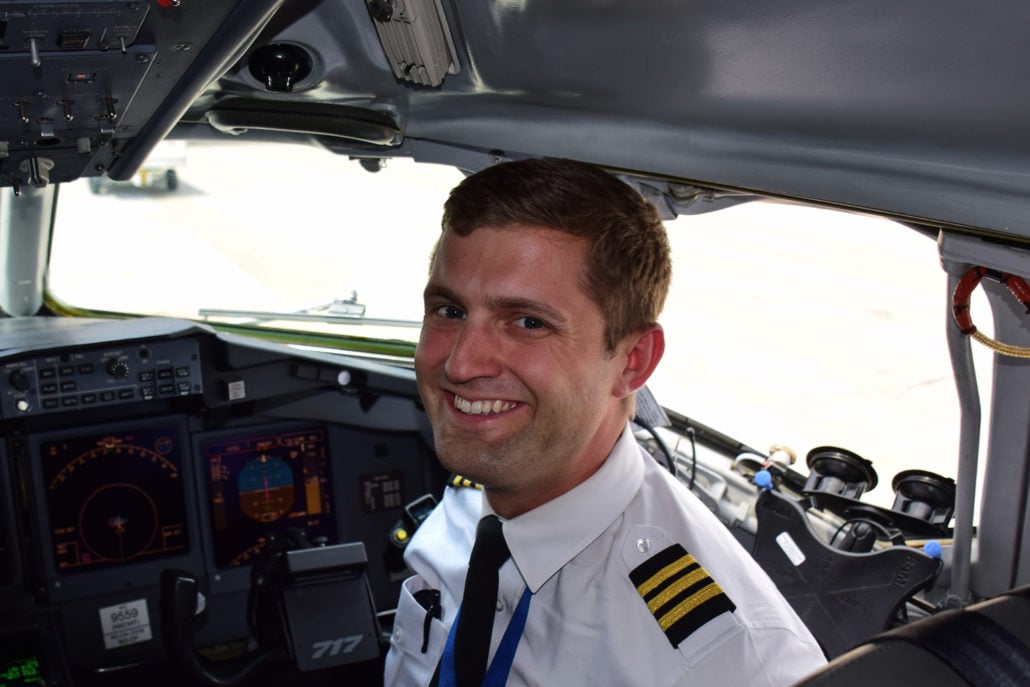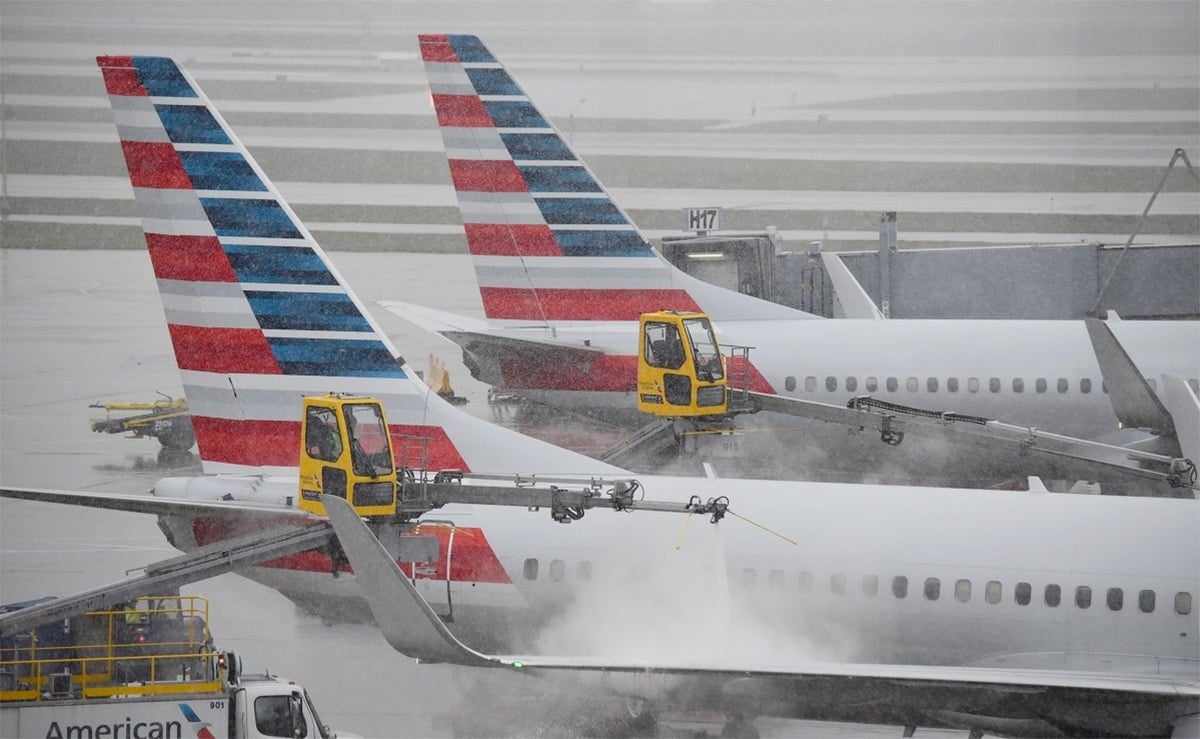
In our Ask a Pilot series, pilot Spencer Marker answers one of your aviation-related questions each week. See past installments here and submit your own to whitney@johnnyjet.com.
The question
Recently on a flight to Detroit, I didn’t see the ground until we were probably 200 feet above on landing. What makes it possible for pilots to find the runway in bad weather?
—Steve M.
The answer
Thanks for writing in and thank you for the excellent question. It is still amazing to me whenever the visibility starts deteriorating that most airports are still able to run on time. Instrument approaches are what pilots use to navigate to the runway when the weather begins to degrade. Popping out of the clouds and seeing a runway in front of you is still one of the coolest things pilots get the privilege to experience.
The instrument approach
When a pilot talks about an instrument approach, they are referring to a charted, FAA-designated procedure used to descend an airplane from altitude to a runway without the use of visual references. Essentially, it’s a structured way for pilots to find the runway while we are in the clouds. This way, we can continue operating flights even with poor visibility or low ceilings. Once we can see the runway, a landing can then be made visually.
These approaches can be based on ground facilities, like the ILS approach I’ll discuss in a moment, or satellite-based approaches using GPS. The ability to fly different types of approaches depends on what equipment is onboard the airplane and which procedures have been published for a particular airport.
Also, there are certain benefits to every type of approach. I’ll discuss two types of approaches, as these are the ones airline pilots in the US most frequently use.
The ILS
The ILS, or Instrument Landing System, is a type of approach that is employed at most major airports around the country and is by far the most common type of approach airline pilots fly. It uses radio signals transmitted from stations on the ground to provide both vertical and lateral guidance to the end of an airport’s runway.
It makes use of a localizer, which is used to guide pilots laterally (left and right) to the runway. A glide slope is used as well, which provides vertical navigation and allows pilots to make a smooth, three-degree descent to the runway.
ILS approaches also include some sort of Approach Lighting System. Most people are familiar with approach lights, the colorful, half-mile long stretch of lights that extends past the end of the runway. For pilots, the approach lights serve a crucial role. It provides a means of positively identifying the landing runway in poor visibility and aiding the transition from an instrument approach to a visual landing.
The benefits of an ILS are pretty significant. Using this type of approach, pilots can land with as little as 1800 feet of forward visibility and a cloud ceiling of 200 feet. We call these limits minimums, as they are the minimum visibility and ceiling pilots need in order to complete a landing from an instrument approach. In airplanes equipped with autoland capability, an ILS approach can be completed with as little as 600 feet of visibility. Sometimes less.
One drawback of an ILS is that it provides for a straight-in approach only. This means that in areas with high terrain or restricted airspace in the flight path, an ILS isn’t practical. But GPS can help with that.
For a flight deck view of an ILS approach and landing, click here.
GPS approaches
GPS approaches are becoming common as the technology becomes more advanced. These approaches make use of GPS satellite navigation with few or no ground-based components, which lowers their cost.
Airplanes equipped with GPS receivers can use the signal much like an ILS, but for many approaches, the minimums are higher. This means pilots need better weather in order to make a landing from this type of approach. That is quickly changing, however.
The FAA has begun to certify WAAS (Wide Area Augmentation System) approaches that allow a pilot to fly an ILS-style approach using GPS technology. Minimums for these approaches nearly match their ILS counterparts and currently, the FAA has instituted over 3,000 of these types of procedures.
The NextGen Air Traffic Control system is also starting to make extensive use of GPS approaches, especially what we call RNP approaches (which stands for Required Navigation Performance). Using GPS technology, the FAA can design RNP approaches with a curved flight path. This is especially useful in areas with restricted airspace (like you find flying into Washington Reagan airport) or into airports near mountains where putting in a straight-in approach, like an ILS, would be impossible.
As the FAA transitions to a more GPS-centric airspace system, GPS approaches will become much more common, as their lack of ground based components make them more financially attractive.
To sum up
Getting to fly an approach down to minimums is one of my favorite things to do as an aviator. And while passengers in the back of the airplane may not know all the finer details that enable us to do what we do day-in and day-out, it still gives pilots a sense of pride to know we can deliver our passengers to their loved ones safely, and in all types of weather.
Thanks again for your question, Steve! And if you have a burning aviation question or something you would like cleared up, drop us a line at Whitney@johnnyjet.com to get your question featured in an upcoming Ask a Pilot column.
Tailwinds,
—Spencer




Essentially, it’s a structured way for pilots to find the runway while we are in the clouds.